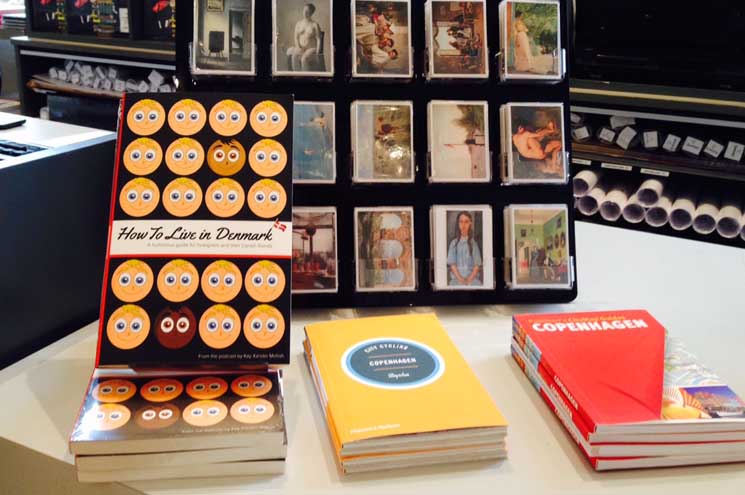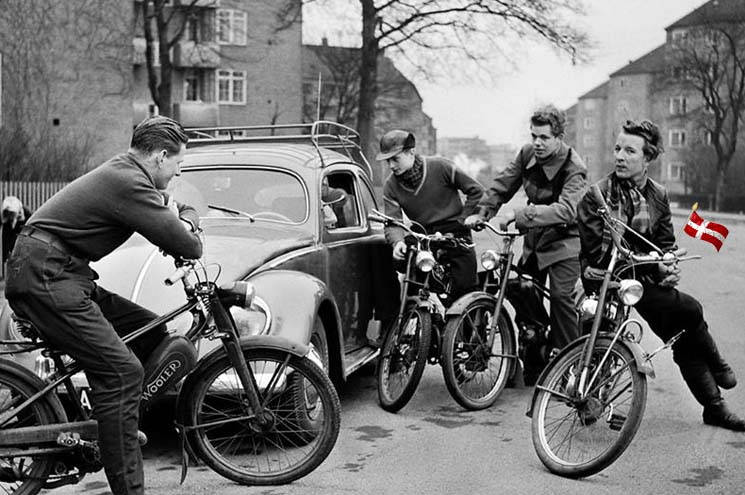The Trondheim-based blog Life in Norway interviewed Kay Xander Mellish about the How to Live in Denmark project.
Life in Norway: How do you think Denmark is different from Norway?
Kay: The landscape is so different! The landscape affects the way people see the world. It’s said the Danish language is flat because it mimics the flat surroundings, whereas the opposite is true in Norway. I think the landscape means Norwegians are more colorful in many ways. The language has more energy to it, and as a people they are more in touch with nature.
Life in Norway: How easy or hard was it to learn Danish?
Kay: It’s similar to Norwegian but pronunciation is much more difficult. I do think you have to be born here to have the pronunciation perfect. I don’t think I’ll ever stop making mistakes in Danish, but I’m at the point where I can hold my own at both business meetings and social situations in Danish.
Life in Norway: What keeps you in Denmark?
Kay: My network is here now and it’s a nice place to raise children. In the US there is too much pressure on children to achieve too early. There’s too much testing and too much pressure on getting into colleges. The Danish system focuses on holistic knowledge, which I really like.
There is more time here, people are not as stressed. You don’t buy as much stuff because you don’t have as much money. People have fewer things but better things, and most importantly, more time for family and friends.
Read the full Life in Norway blog post featuring How to Live in Denmark.
Photo: Roman Boed via Creative Commons











